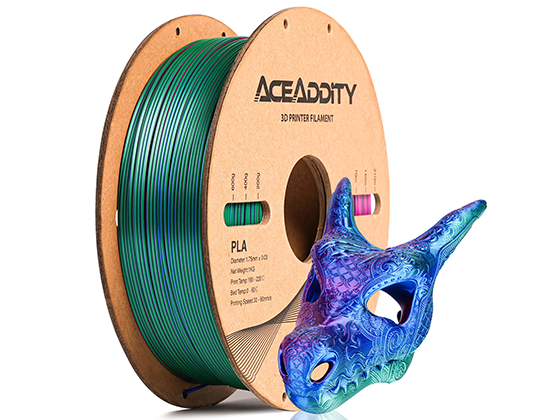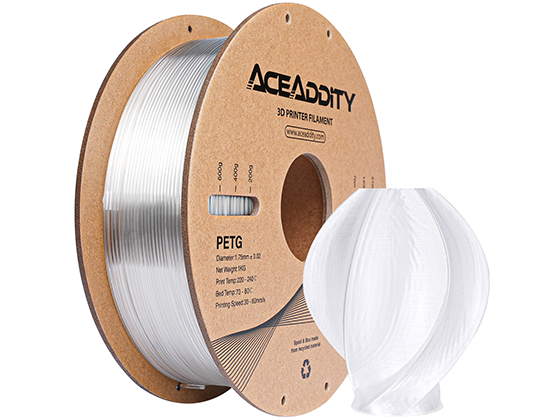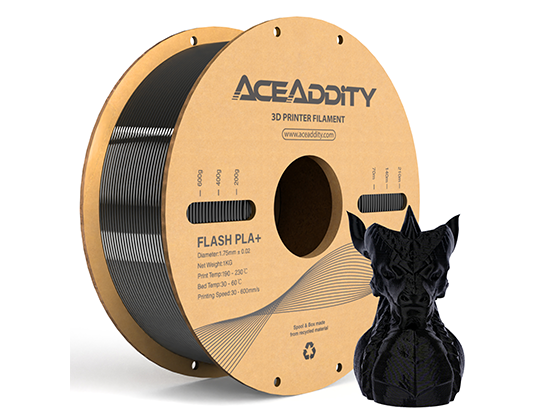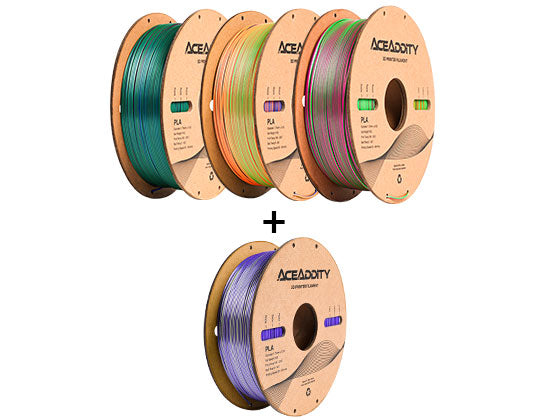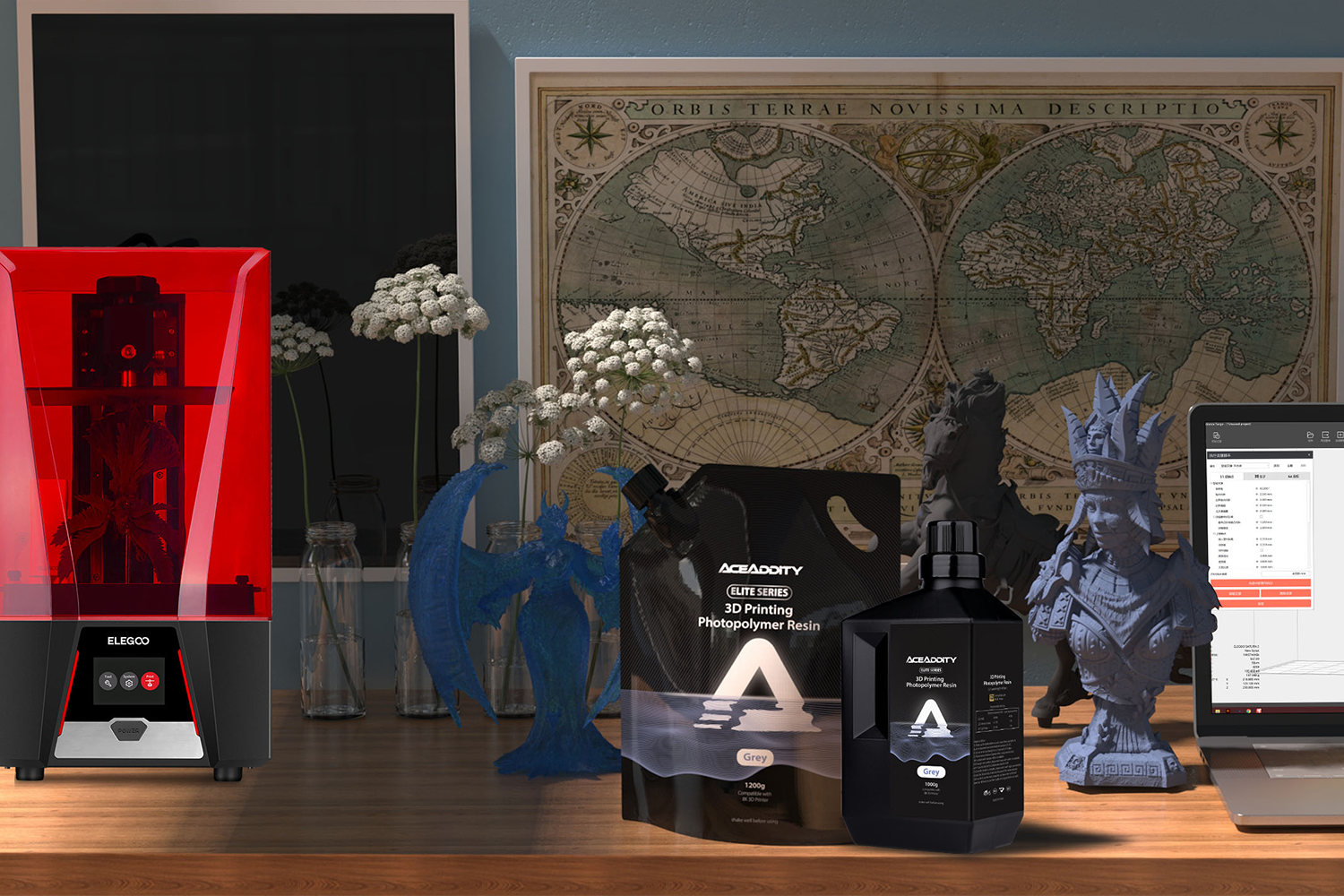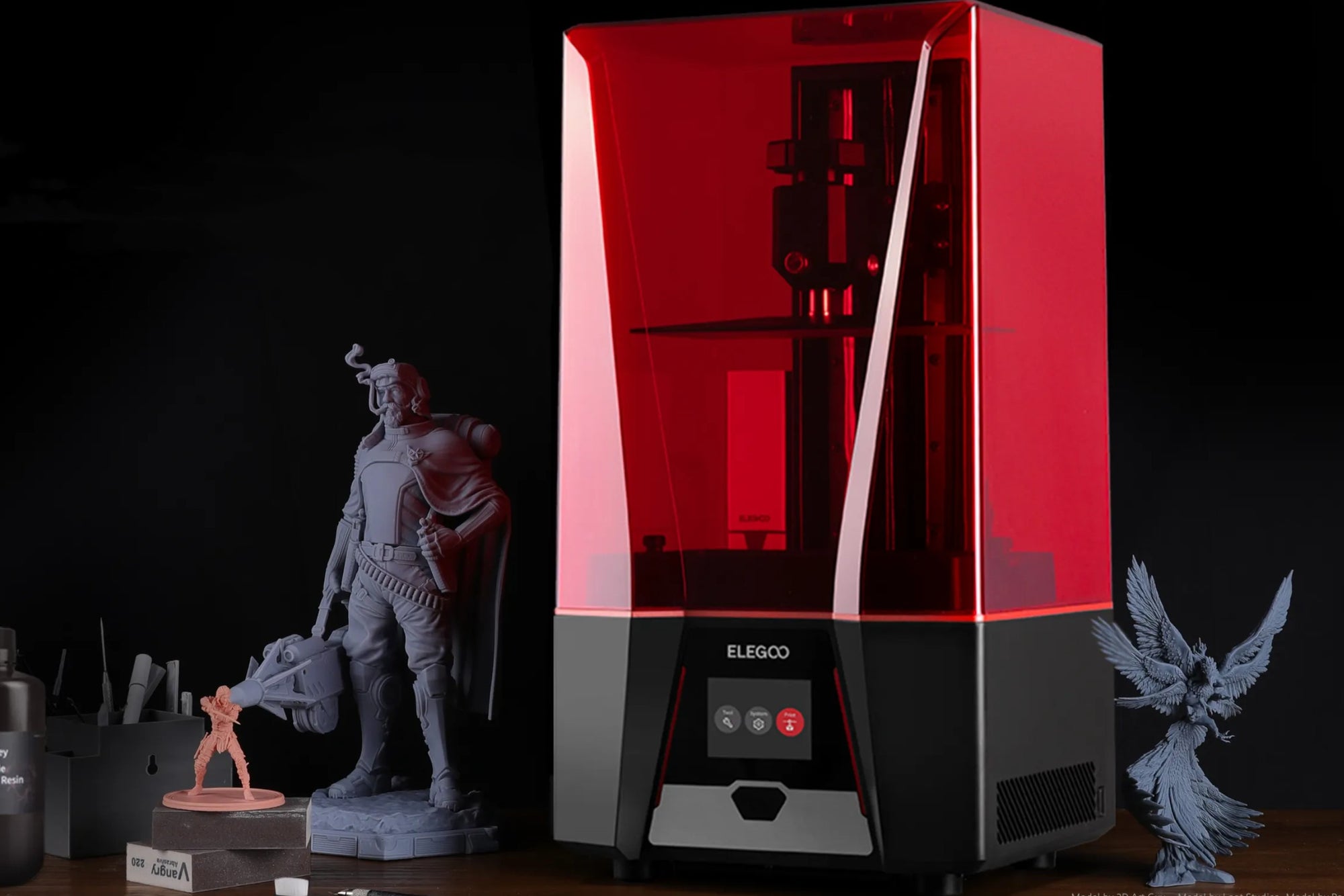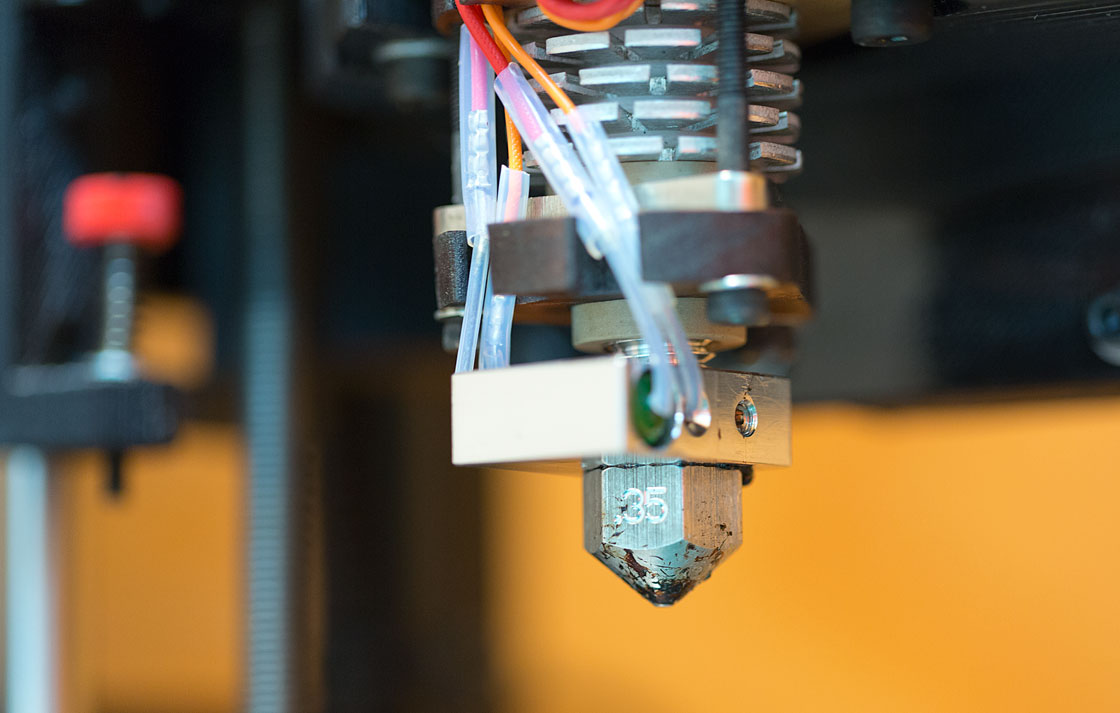3D printing resin can be a finicky material to work with, and issues can arise thatcan impact the quality of your prints.
In this guide,
we'll explore some common issues that can occur when working with
3D printing resin and provide troubleshooting tips to help you resolve them.
Failed Adhesion
Failed adhesion occurs when the printed object detaches from the build plate during the printing process.
This can be caused by a variety of factors,such as improper leveling of the build plate, insufficient exposure time, or a dirty build plate.
To resolve this issue, try leveling the build plate again,
cleaning the build plate thoroughly, or increasing the exposure time.

Under-Cured Prints
Under-cured prints occur when the resin is not fully cured during the printing process,
resulting in a print that is soft or sticky to the touch.
This can be caused by a low exposure time, improper calibration of the printer,or an old or expired resin.
To resolve this issue, try increasing the exposure time, calibrating the printer, or using fresh resin.
Recommend this cleaning and curing machine here:

Over-Cured Prints
Over-cured prints occur when the resin is overexposed to UV light, resulting in a print that is brittle or discolored.
This can be caused by too high of an exposure time, too close to the UV light source, or using a resin that is not suitable for your printer.
To resolve this issue, try reducing the exposure time,
moving the printer farther away from the UV light source, or using a resin that is compatible with your printer.
Deformed Prints
Deformed prints occur when the printed object warps or deforms during the printing process. This can be caused by a variety of factors,such as insufficient support structures, incorrect print orientation, or a low-quality resin.
To resolve this issue, try adding additional support structures, adjusting the print orientation, or using a higher-quality resin.
3D printing resin can be a challenging material to work with,but with the right troubleshooting techniques, you can resolve common issues and achieve high-quality prints.
By addressing issues like failed adhesion, under-cured or over-cured prints, and deformed prints,you can create stunning 3D prints that meet your expectations.


